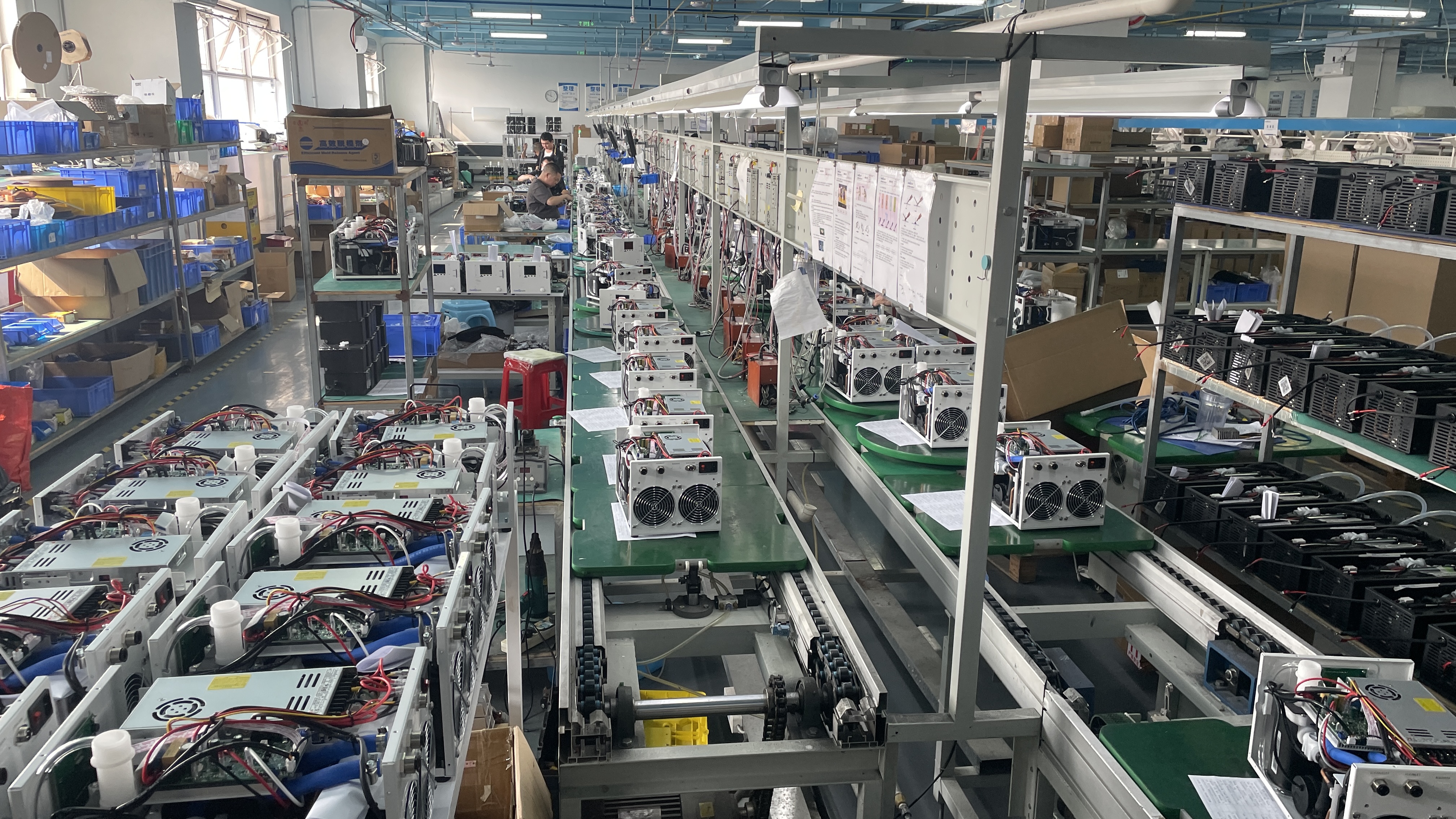Con l’avvento dei veicoli elettrici (Veicoli elettrici), stazioni di ricarica efficienti sono fondamentali. tuttavia, La funzione ad alta potenza dei caricabatterie EV genera calore significativo, richiedere efficaci soluzioni di gestione termica. I sistemi di raffreddamento liquido sono emersi come un punto di svolta, garantendo prestazioni e sicurezza ottimali. Questo articolo approfondisce la meccanica, efficienza, e benefici dei sistemi di raffreddamento liquido, in particolare per le stazioni di ricarica EV.
Come il raffreddamento liquido stabilizza le temperature della stazione EV
Caricabatterie EV, Soprattutto quelli con capacità ad alta potenza, richiedono solide soluzioni di raffreddamento per mantenere la stabilità. I sistemi di raffreddamento liquido offrono un approccio avanzato alla gestione del calore generato durante la ricarica. Esploriamo come funzionano questi sistemi.
Riduzione del calore attraverso i refrigeratori
Sistemi di raffreddamento a liquido, Basato sul principio di refrigerazione della compressione del vapore, ridurre efficacemente il calore. Origine all'inizio del XIX secolo, Questo principio prevede i refrigeranti circolanti in un sistema chiuso, Convertire il liquido in vapore per dissipare il calore. I refrigeratori moderni forniscono continuamente liquido raffreddato al sistema idrico di processo, Mantenere la temperatura desiderata.
Circolazione del ciclo dell'acqua per l'ottimizzazione della temperatura
La chiave per l'efficienza di raffreddamento liquido risiede nel suo sistema ad anello d'acqua. Refrigeranti come il glicole che circolano tramite cavi e connettori, dissipare il calore generato durante la ricarica ad alta potenza. Questo design a circuito chiuso garantisce un raffreddamento costante, Anche durante le operazioni di punta, Ottimizzazione della temperatura e protezione dell'attrezzatura.
Soluzioni di raffreddamento liquido: Efficienza e rilevanza del mercato
I sistemi di raffreddamento liquido hanno dimostrato la loro efficacia in vari settori, rendendoli una scelta preferita per la gestione termica. Ecco perché si distinguono:
Disavventure prevenute dal raffreddamento liquido
Il surriscaldamento nei caricabatterie EV può portare a incidenti in fuga termica, Attrezzature dannose e posa rischi per la sicurezza. Fili di invecchiamento, lubrificazione insufficiente, e il calore incontrollato esacerbano questi problemi. Il raffreddamento liquido mitiga tali rischi gestendo in modo efficiente il calore e mantenendo l'integrità del sistema.
Vantaggi rispetto ad altri sistemi di raffreddamento
- Efficienza energetica: Riduce il consumo di energia rispetto ai metodi tradizionali.
- Funzionamento silenzioso: Funziona con un rumore minimo.
- Design compatto: Richiede meno spazio aperto.
- Sicurezza: I sistemi chiusi minimizzano la contaminazione e il rischio.
- Durabilità: Lunga durata con prestazioni affidabili.
Inoltre, I sistemi di raffreddamento liquido eccellono in ambienti difficili a causa del loro design chiuso, impedire alla polvere e ai detriti di compromettere la funzionalità.
Comprovata efficienza e crescita del mercato
I sistemi di raffreddamento liquido sono sempre più preferiti per le loro prestazioni superiori. Secondo la Fortune Business Insights, Il mercato globale del refrigeratore d'acqua dovrebbe crescere da USD 26.50 miliardi di 2020 a USD 47.64 miliardi di 2027. I driver chiave includono la domanda di tecnologie ad alta efficienza energetica e una maggiore consapevolezza ambientale.
Conclusione
I sistemi di raffreddamento liquido stanno rivoluzionando la gestione termica nelle stazioni di ricarica eV e oltre.
- Prestazioni migliorate: Efficiente dissipazione del calore garantisce un funzionamento ottimale dei caricabatterie ad alta potenza.
- Maggiore sicurezza: Riduce al minimo i rischi associati al surriscaldamento e al guasto delle apparecchiature.
- Crescente domanda: L'espansione del mercato globale sottolinea la loro rilevanza in tutti i settori.
Fonti
- Specificatore elettronico: Tecnologia di raffreddamento a liquido utilizzata nella soluzione di ricarica ad alta potenza per veicoli elettrici
- Wikipedia: Incendi di veicoli elettrici plug-in
- NHTSA: Incidenti di fuga termica
- Britannica: La macchina del ghiaccio di John Gorrie
- Soluzioni di refrigerazione dinamica: James Harrison, Australia, e il primo frigorifero brevettato al mondo
- COME ME: Il padre del condizionatore








3 pensieri su "Rivoluzionare la ricarica dei veicoli elettrici con i sistemi di raffreddamento a liquido”
Molto informativo!
Excellent blog you have here.. It’s hard to find high-quality writing like yours nowadays.
I honestly appreciate individuals like you! Take care!!
Hi there! I just wanted to ask if you ever have any issues with hackers? My last blog (wordpress) was hacked and I ended up losing many months of hard work due to no data backup. Do you have any methods to stop hackers?